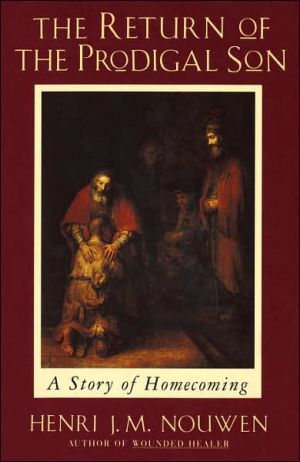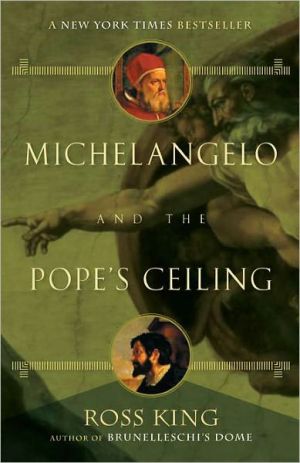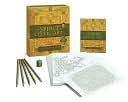Russian Imperial Porcelain Easter Eggs
"As a symbol of fertility and of the emergence and renewal of life, the egg has been a potent symbol of Christianity for almost two millenia. In Russia, where the celebration of the Resurrection is the most important event in the Orthodox calendar, the exchange of real, decorated eggs as gifts at Easter has for centuries been a central ritual of the festival. With the discovery in Europe of the recipe for producing porcelain in the eighteenth century, however, exquisitely decorated porcelain...
Search in google:
"As a symbol of fertility and of the emergence and renewal of life, the egg has been a potent symbol of Christianity for almost two millenia. In Russia, where the celebration of the Resurrection is the most important event in the Orthodox calendar, the exchange of real, decorated eggs as gifts at Easter has for centuries been a central ritual of the festival. With the discovery in Europe of the recipe for producing porcelain in the eighteenth century, however, exquisitely decorated porcelain Easter eggs began to be produced by the Imperial Porcelain Factory, established in St. Petersburg in 1744, and were used at the Russian court as Easter gifts, presented by members of the Imperial family to courtiers. The tradition developed throughout the nineteenth century and into the twentieth, depicting a range of images, including episodes from Russian history, biblical scenes, revered saints, cities, churches, monasteries and other sites central to the Russian Orthodox faith and culture, Imperial insignia, landscapes, and flowers." Russian Imperial Porcelain Easter Eggs presents the most extensive survey of these delicate and now rare objects ever published. Over two hundred of the world's remaining Russian porcelain Easter eggs have been specially photographed and are reproduced here life-size, accompanied by fully researched information on their date, the subjects they depict, the artists responsible, and their historical and cultural significance. This illustrated and beautifully produced book offers a pictorial survey of Imperial Russia and its Orthodox beliefs, making this an essential reference source not only for collectors of porcelain, but also for anyone interested in the decorative arts or the history of one of the world's most important and fascinating countries.








